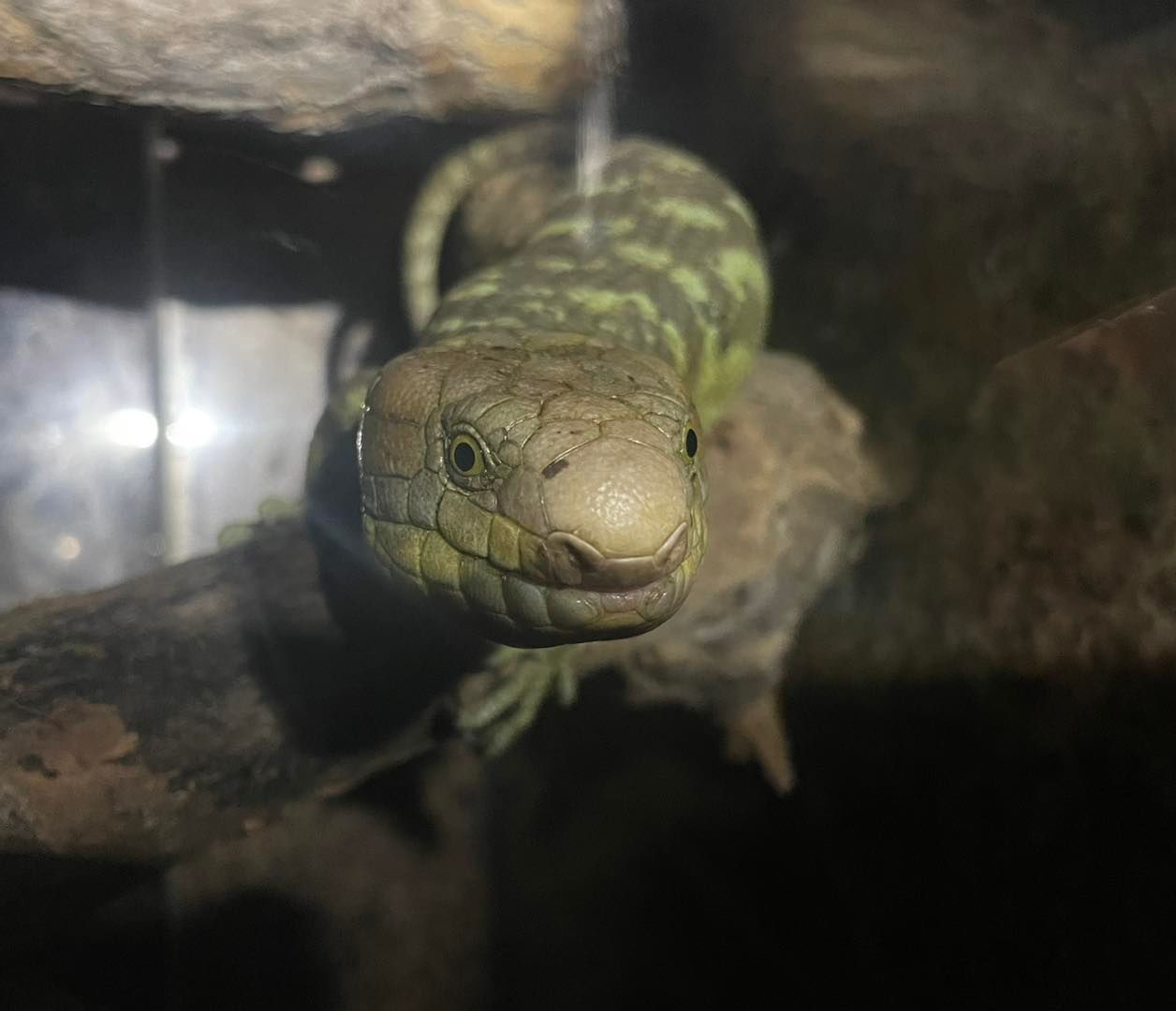Summary:
1. The Solomon Islands skink, also known as the prehensile-tailed skink, is a unique and fascinating reptile species.
2. Gizmo, our adorable skink at the Zoo, captures our hearts with his charming appearance and behavior.
3. Learn about the skink species’ natural habitat, diet, and behavior.
4. Explore the importance of conservation efforts to protect these incredible creatures.
5. Discover the opportunities to get up close and personal with Gizmo and other skinks at the Zoo.
Solomon Islands skink, prehensile-tailed skink, zebra skink, monkey skink – these are just a few of the many names you may hear when referring to the fascinating creature we call Gizmo. As an expert in zoology, I can assure you that the beauty and uniqueness of the Gizmo species are truly mesmerizing.
If you’ve ever enjoyed meeting Gizmo, you’ll understand why we think he’s adorable. His small, elongated body is adorned with vibrant patterns and colors, making him a real eye-catcher. Despite his tiny size, his prehensile tail is one of his most striking features. This tail is specially adapted to grip and wrap around branches, allowing him to easily navigate his arboreal habitat.
Gizmo’s natural habitat is the Solomon Islands, a remote and pristine archipelago in the western Pacific Ocean. These islands offer a haven for the skinks, providing them with dense forests and a variety of vegetation to thrive in. Among the skink species, Gizmo’s kind is known for their ability to climb and jump, thanks to their strong limbs and long, grasping tails.
In terms of diet, Gizmo is an omnivorous creature. He enjoys feasting on various foods, including insects, fruits, flowers, and even nectar. His agile tongue allows him to extract nectar from flowers precisely and efficiently, making him a crucial pollinator in his natural environment.
One of the most fascinating aspects of the Gizmo species is their exceptional ability to regenerate lost tails. If Gizmo encountered a predator who managed to grab hold of his tail, he could evacuate it without hesitation. Over time, a new tail would regenerate, allowing him to continue navigating his surroundings without any limitations. This remarkable adaptation is truly a testament to the wonders of nature.
Sadly, Gizmo’s species is facing numerous threats in the wild. Deforestation and habitat destruction, primarily due to human activities, pose a significant risk to their survival. Additionally, the illegal pet trade has resulted in the capture and exportation of these enchanting creatures, further endangering their populations. We must take action to protect Gizmo and his relatives in their natural habitats.
As part of our commitment to conservation, we at the Zoo have created a habitat that closely resembles the natural environment of Gizmo and his fellow skinks. Visitors have the unique opportunity to observe Gizmo up close and personal, witnessing his captivating behaviors and learning more about his species. Our dedicated keepers are passionate about sharing their knowledge and ensuring the best possible care for Gizmo and his companions.
By offering experiences that allow people to connect with wildlife personally, we hope to inspire a deeper appreciation for nature and encourage individuals to contribute to conservation efforts. Protecting species like Gizmo is important for their survival and maintaining the delicate balance of ecosystems they are part of.
So, the next time you visit the Zoo, stop by Gizmo’s habitat. Take a moment to marvel at his beauty, watch as he gracefully moves through his surroundings, and learn about the incredible adaptations that make him unique. By supporting conservation initiatives and spreading awareness, we can ensure that Gizmo and his species continue to thrive for generations.
*****
Source Description
Up close and personal with Gizmo🦎
Solomon Islands skink, prehensile-tailed skink, zebra skink, or monkey skink – you can refer to Gizmo’s species in many ways! However, here at the Zoo, we mostly refer to him as “adorable” 🥰
📸Gizmo the skink looks towards the camera while sitting on a branch in his habitat.


